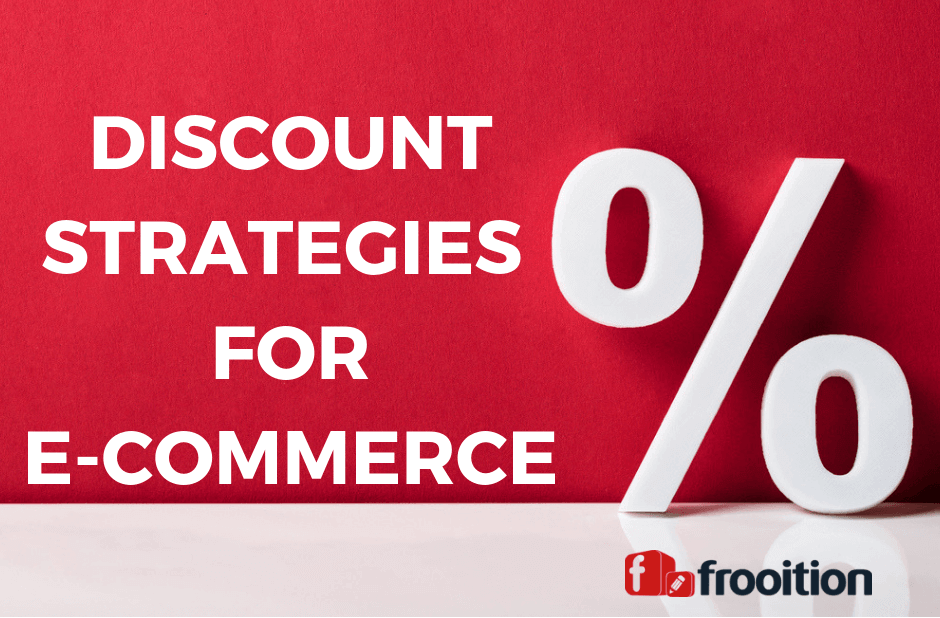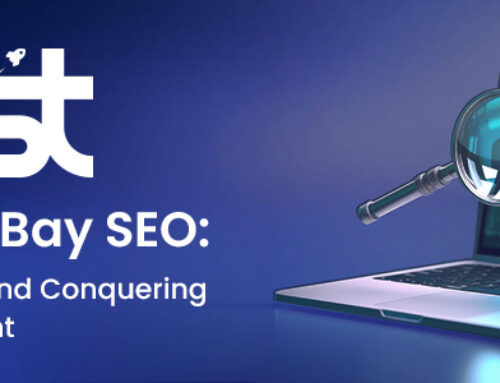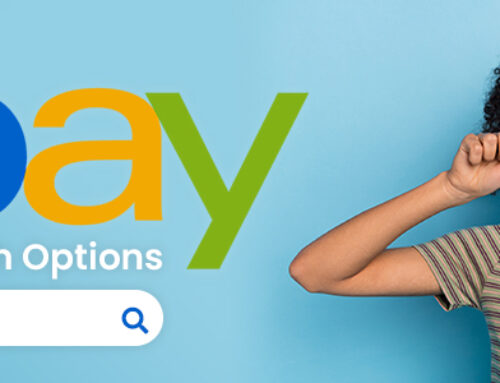
We are moving into the busiest season of the retail year. Previously known as the holiday season, the period between November and New year is now referred to in retail as discounting season.
Customers are bombarded with Black Friday deals and 24-hour flash sales. They’re spoilt for choice and expect an incentive to buy.
Many brands feel pushed into offering big discounts at this highly competitive time of year. That’s unavoidable. But relying on discounting long term only creates a race to the bottom in pricing.
It costs 5x less to retain customers than acquire new ones.
Discounts attract new traffic to your website and will create a spike in one-time e-commerce sales. But constant discounts are not a viable strategy for building a long-term, sustainable e-commerce business. Discount hunters are not loyal, and for long-term business prosperity, you need loyal customers.
Loyal customers spend up to 67% more than new customers.
Discount codes should be one part of your multi-faceted customer acquisition and retention strategy.
Earn the email address
Email marketing generates 174% more conversions than social media. Email is profitable, and thriving, especially in e-commerce.
Building your email list is often a brand’s number one priority, and so many brands are keen to offer a discount in exchange for your email address.
But offering a discount code to every visitor to your e-commerce website is a slippery slope. You’re betting everything on a one-time purchase and doing nothing to incentivize long-term customer loyalty. Do you really want to attract a customer base that shops only when there’s a discount?
Because repeat purchases and customer loyalty are so closely intertwined, you risk losing both if you encourage one-off purchases to get people in the door. Thankfully, there are other ways to earn a visitor’s email and add value to your brand without a discount.
Take it from brands like Aspinal of London that rarely discount their products. Except for a sale once a year, and an occasional 15% off, this brand sticks to hooking new customers with their high-quality products. Their anti-discounting message is clear: Aspinal’s products don’t need discounts to convince customers that their purchase is worthwhile.

No discount offer—unlike many brands, Aspinal of London purposely avoids one-off percentage discounts in exchange for users’ email addresses. Instead, they keep discounting and sales very infrequent and short, so customers don’t hesitate to buy at full price worrying it will be discounted tomorrow. Email subscribers also have the extra benefit of being the first to know when to catch these brief discounts.
Be strategic with discounts
At this point, it might sound like we’re completely against discounting, but we aren’t. Retailers online can really build from a good discounting strategy.
Discounts can increase customer happiness and encourage sales, but constant discounts have a diminishing effect. Discounts are good, but over-reliance on them can be deadly.
A discount is essentially an admission that your product is worth less than the price you have on your site today. Do you really want your brand to cater to price-focused shoppers who don’t value your product?
One simple and effective discounting strategy is to offer free shipping after spending a certain amount. Although we as retailers know that shipping is a very real cost, customers see shipping costs almost as a tax and always look to avoid it. Discounting shipping doesn’t alter the perceived value of your products. What’s more, this approach encourages upselling. This is not just a strategy for big brands. For smaller retailers, BigCommerce stores can incorporate checkout reminders that tell customers how much more they need to spend for free delivery, and even show a progress bar for a bit of gamification.

Another discounting strategy that beauty retailers in particular use really well is offering a free gift with purchase. The page below from Space NK offers a bag of beauty goodies worth over £250 when customers spend £150. In reality, these are sample sized items that brands have likely given to the beauty retailer for free, but by working out the price per ml and putting a monetary value on this gift, Space NK has made it pretty irresistible to customers.
Often, a tangible gift is more appealing to a customer than a percentage off their purchase, even when the gift actually costs the retailer less.

Another variation of this kind of discounting is to create special deals that reward a second purchase. Offering a discount for a second purchase is a nice way to thank your customers for shopping with you, and a great excuse for a follow-up email to keep your brand in their mind. This simple discounting tactic helps to earn a customer’s loyalty and repeat business long-term.
Reward Loyalty
Once you have a discount strategy in place that strengthens customers’ faith in your brand, you can take it a step further by creating a loyalty or rewards program.
Loyalty programs first originated in the 1950s, when grocers gave customers stamps for making purchases, eventually spawning airline miles rewards in the 1980s.
The best and most loyal customers are rewarded with the most special perks. Perks can be:
- Discounts and rebates.
- Postage Discounts.
- Free merchandise.
- Coupons.
- Access to unreleased products.
From the thousands of e-commerce brands that we work with, we know that brands who do this well see increased engagement and loyalty.
A loyalty scheme membership page which clearly lays out what benefits participants can expect to receive at each milestone can really drive repeat sales. Showing customers a progress bar for their loyalty level gives them the feeling that they are already invested, and if it was a choice between you and a merchant they haven’t shopped with before, you’re more likely to win.
Of course, mapping out each reward level and perks requires reviewing your e-commerce marketing strategy, planning, and creative output. But when the result leads to a more passionate customer base and a higher-value product, it will have paid off tenfold.
Whatever incentive options you choose, pick an approach that shows confidence in the value of your product and its ability to satisfy your customers’ needs. Instead of price as your main competitive advantage, focus on discounting tactics that encourage repeat purchase rates. From there, customer loyalty will follow.






